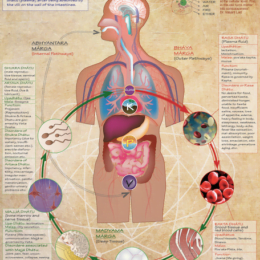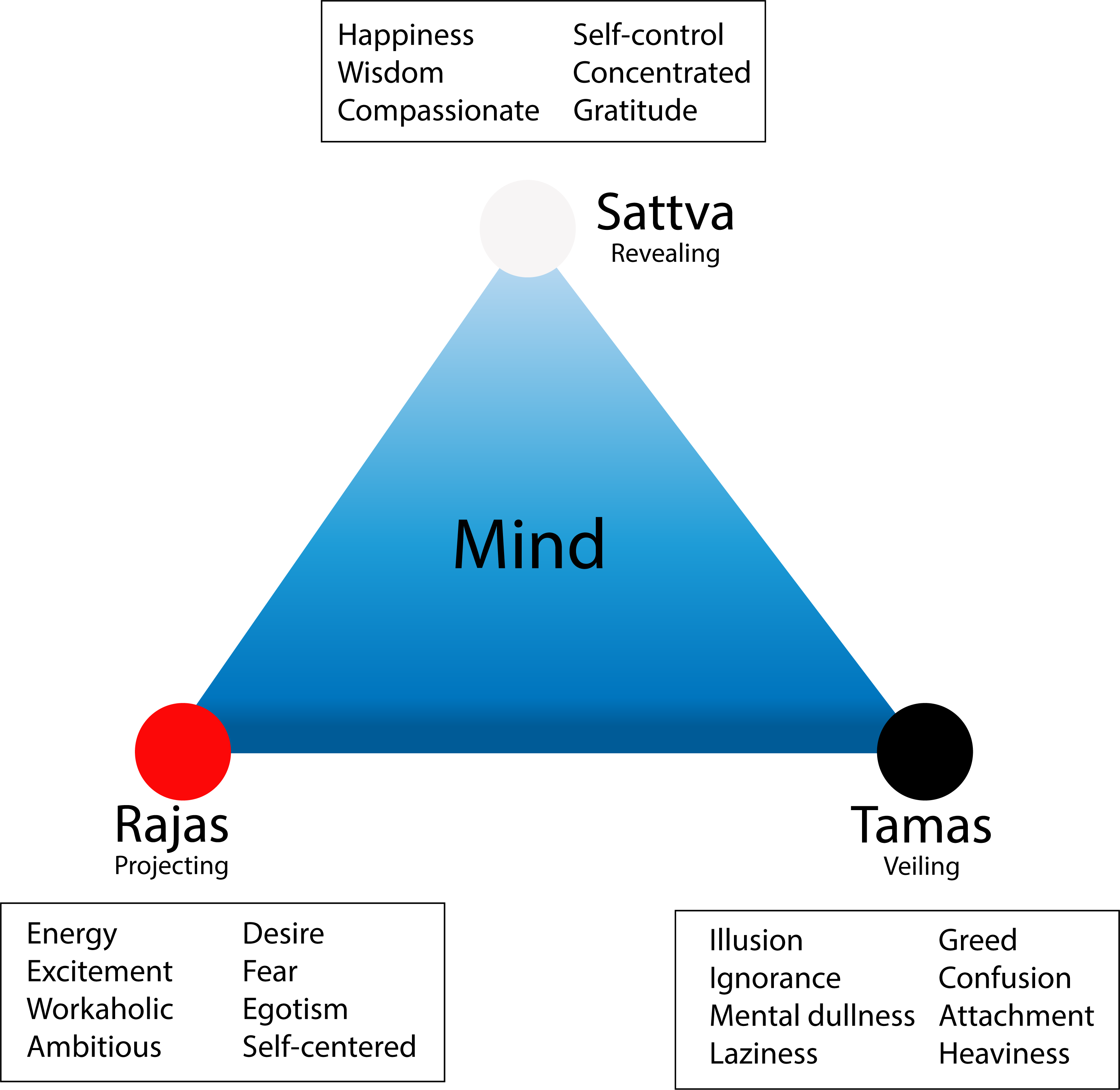
1. The Emphasis is on Prevention
Ayurveda’s emphasis is on prevention. It is easier to prevent the disease or cure it if detected at the earlier stages. At each of the following stages, different measures can be taken to reverse the process and prevent manifesting the disease.
2. Customization based on Body Constitution
Dusyam desam balam, kalamanalam prakrtim vayah |
Sattvam satmyam tatha”haramavasthasca prthagvidhah ||
3. The Eradication of Diseases by Sodhana – Purification/Detoxification
Sodhana is better than Samana. Sodhana eradicates imbalanced doshas from the body, so they do not cause the disease again. When doshas are only palliated (Samana), they may again aggravate quickly by Nidana (cause).
The Advantages of Sodhana – Purification/Detoxification
Subscribe to my free email newsletter and receive bonus content…
4. Mind-body connection
According to Ayurveda, the mind has an extremely powerful influence on our overall health and wellbeing. Even very minor disturbances in our mental wellbeing can have the potential to negatively affect not just the quality of our life situation, but also our physical health. In more extreme cases it can lead to a whole range of diseases – for example, unresolved anger can accumulate in the liver and impair its functioning; unprocessed grief can upset the function of the lungs and chronic anxiety can disturb colon health.
5. No Side Effects
The treatment is customized, or it is Prakrti specific, therefore no side effects. Herbs are natural, and they are special foods, hence the body can digest them like foods. Whole herbs are used, so passive ingredients in the herbs balance active ingredients. Herbal formulas are a mixture of herbs that act synergistically, improving the efficacy and reducing the undesirable effect.
6. Diet Modification
The right diet is recommended for each disease.
If a patient is eating a balanced diet, why do they need medicine?
And if he/she is not eating a balanced diet, what is the use of taking medicine?
7. The Emphasis on Removing the Cause of the Disease
In any disease treatment, it is very essential to take care of the cause first, to stop the progress of the disease. So, removing the cause is the first and most important basic step in any treatment.
8. Rasayana (Rejuvenation) Therapy
In chronic diseases, the dhātus become weak which might cause the recurrence of the disease. In these circumstances, rasayana treatment is given to strengthen dhatus and increase immunity. It is also called apunarbhava cikitsa.
e.g. In the case of asthma, vardhaman pippali rasayana is given.
9. Vajikarana (Aphrodisiac) Therapy
Is used to increase Sukra dhatu and to improve the quality of progeny.
10. In some diseases, the imbalance affects, vitiates, or reduces ojas.
E.g., AIDS or various types of Cancers. In such cases, ojas is increased by a sattvic diet.
Principles of Disease Management
The basic principle of Ayurvedic disease management is to prevent and treat illness, rather than treating the symptoms or indicators of disease. The main aim of Ayurvedic treatment is to preserve, nurture and nourish the core vitality. In the disease management process, Agni is considered the most important factor. Because agni, in its 13 different forms, carries out all biotransformations within the body.
Also, in a healthy person, the dosha-dhatu-malas and agni nmh are constantly in a state of functional equilibrium. Hence, correcting agni should be our primary concern. Next comes the main dosha/doshas involved in the disease process. Then the dhatu/srotas are involved and finally the expressions or presentations. Therefore, the order of disease management should always be as shown below.






